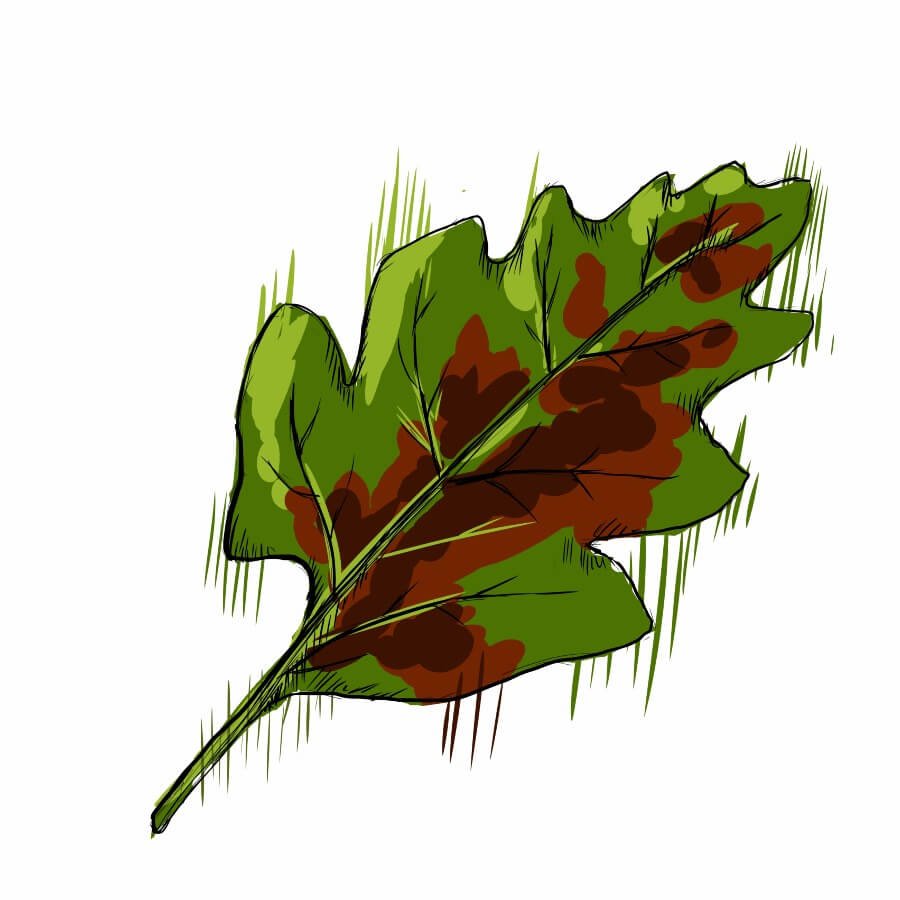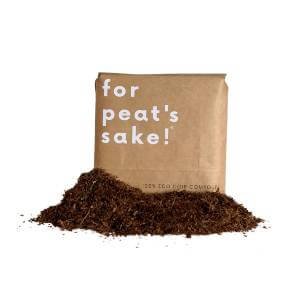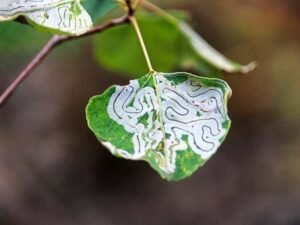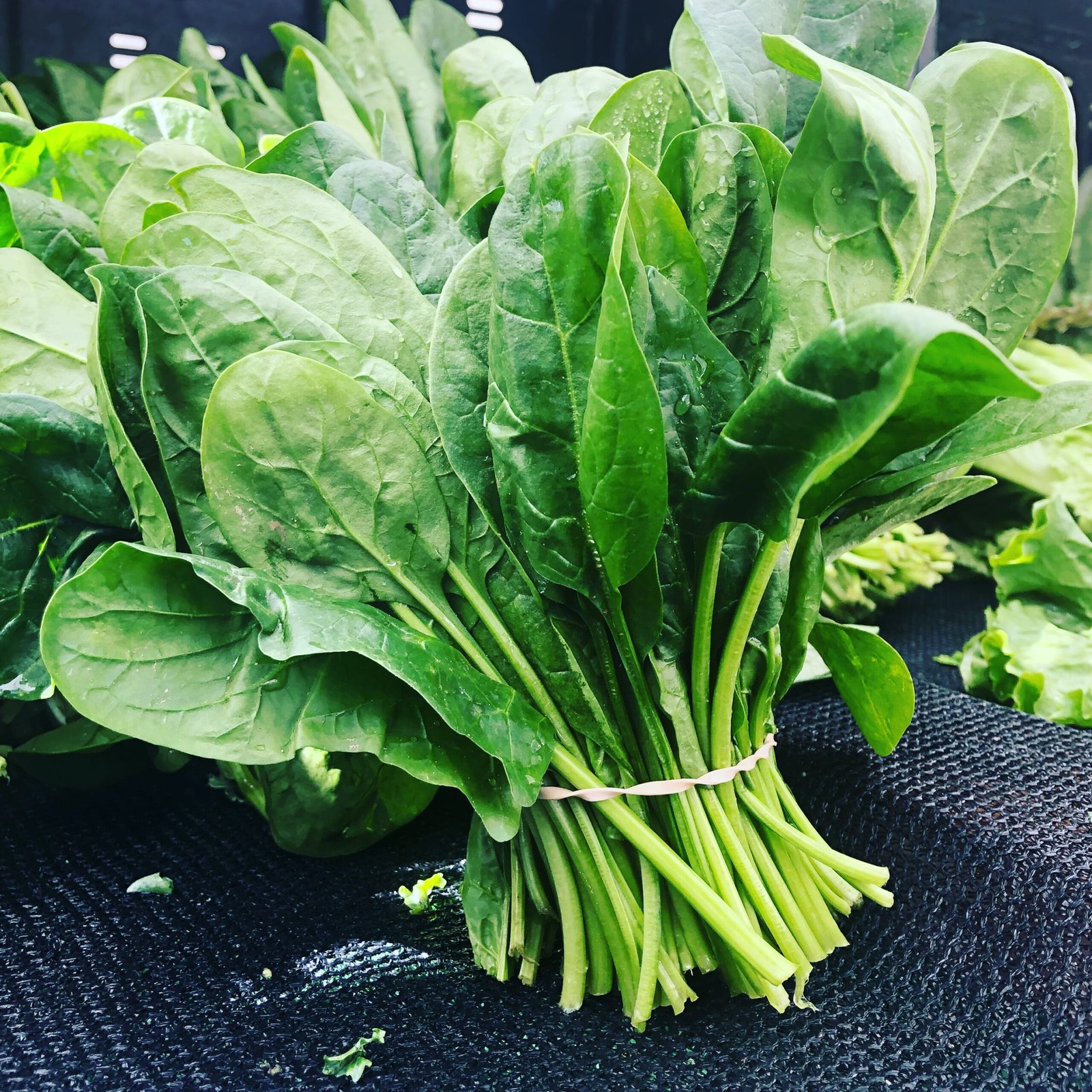Every autumn, as the leaves start falling from trees, gardeners have the opportunity to harness nature’s gift to create a valuable resource for their gardens – leaf mould. Often overlooked and underestimated, leaf mould is an organic, nutrient-rich material that can greatly enhance soil fertility and improve plant health. In this article, we will explore the wonderful world of leaf mould and learn how to make and use it in your garden.
What is Leaf Mould?
Leaf mould is the result of decomposed leaves, transformed over time into a dark, crumbly humus-like substance. It is a natural process that occurs in forests and woodland areas, where leaves accumulate on the ground and gradually break down, creating a nutrient-rich layer of organic matter. Gardeners mimic this process by collecting and composting leaves in specific ways to create their own leaf mould.
Why Should Gardeners Use Leaf Mould?
- Improved Soil Structure: Leaf mould has amazing benefits for soil structure. Its light, crumbly texture helps improve drainage in heavy clay soils and increases water retention capability in sandy soils.
- Nutrient-Rich Soil Amendment: As leaves decompose, they release essential nutrients into the soil. Leaf mould is rich in micronutrients, such as magnesium, potassium, and calcium, which help maintain healthy plant growth.
- Enhanced Soil Fertility: Leaf mould contributes significant amounts of organic matter to the soil, improving its fertility. It stimulates beneficial microbial activity and enhances nutrient availability to plants. This leads to healthier and more vigorous growth.
- Weed Suppression: Applying a layer of leaf mould as mulch around your plants helps suppress weed growth. It acts as a natural barrier, preventing weed seeds from germinating and competing with your desired plants.
- Environmental Benefits: By making leaf mould, you are diverting organic waste from landfill and reducing your carbon footprint. Instead of burning or bagging leaves, you are using them to create a valuable resource for your garden.
How to Make Leaf Mould?
- Collecting Leaves: Gather fallen leaves from your garden or collect them from a neighboring area. Avoid leaves from trees treated with pesticides or those that may carry diseases.
- Shredding Leaves: Run the leaves through a shredder or mow them with a mulching lawn mower to speed up the decomposition process. Shredding increases the surface area and allows for faster breakdown.
- Leaf Pile or Bin: Create a leaf pile in a corner of your garden or use a compost bin. If using a bin, ensure it has adequate drainage holes. Layer the shredded leaves with a sprinkle of soil or compost to introduce microbes that aid decomposition.
- Moisture Control: Keep the leaf pile moist but not waterlogged. If the leaves are dry, moisten them with a hose or spray bottle. Covering the pile with a tarp helps retain moisture.
- Time and Patience: The decomposition process can take anywhere from six months to two years, depending on factors like leaf type, size, and conditions. Regularly turn the pile to expedite the breakdown and promote even rotting.
- Harvesting Leaf Mould: When your leaf mould has transformed into a dark, crumbly material, resembling the texture of coffee grounds, it is ready to be used in your garden. You can sieve the leaf mould to remove any remaining larger pieces, but it is not essential.
Using Leaf Mould in the Garden
- Soil Amendment: Incorporate leaf mould into your garden beds while preparing the soil or topdress existing beds. Aim for a thickness of 2-3 inches. The nutrients in leaf mould will slowly release, benefiting your plants over time.
- Mulching: Apply a layer of leaf mould around established plants, shrubs, and trees. This acts as a protective layer, retaining moisture and suppressing weeds. Avoid piling it up against plant stems to prevent rot and fungal diseases.
- Potting Mix: Mix leaf mould with compost and other soil amendments to create a nutrient-rich potting mix for container plants. It improves moisture retention and enhances fertility in confined spaces.
- Seed Starting: Blend leaf mould with vermiculite or perlite to create a lightweight, moisture-retaining seed starting mix. It provides a great environment for germination and early seedling growth.
Conclusion
Leaf mould is a gardener’s secret weapon for creating healthy, nutrient-rich soil and promoting optimal plant growth. By harnessing the power of fallen leaves and allowing nature’s decomposition process to work its magic, you can create a valuable garden resource.
Whether used as a soil amendment, mulch, or a potting ingredient, leaf mould is a sustainable and effective solution for gardeners looking to enhance their plant’s vitality while reducing environmental impact. So, this autumn, don’t let those fallen leaves go to waste – turn them into garden gold with leaf mould!
Frequently Asked Questions about Leaf Mould
Q. What is leaf mould?
A. Leaf mould is organic matter generated by the natural decomposition of fallen leaves. It is a dark, crumbly material that resembles humus and is rich in nutrients beneficial for plant growth.
Q. How long does it take to make leaf mould?
A. The time required to create leaf mould varies depending on factors such as leaf type, size, and environmental conditions. Generally, it takes six months to two years for the leaves to fully decompose and transform into leaf mould.
Q. Can I use any type of leaves for leaf mould?
A. Most leaves can be used for leaf mould, but some decompose faster than others. Leaves from trees such as oak, beech, maple, and birch decompose relatively quickly. Leaves from trees like pine and cedar take longer due to their higher content of chemical compounds.
Q. Can I use whole leaves, or do I need to shred them?
A. Although you can use whole leaves, shredding them significantly speeds up the decomposition process. Shredding increases the surface area, allowing microorganisms to break them down more efficiently.
Q. How do I collect and store leaves for leaf mould?
A. Gather fallen leaves from your garden or neighbouring areas, making sure they are free from pesticides and diseases. Store the leaves in a leaf pile in a corner of your garden or use a compost bin. If using a bin, ensure it has sufficient drainage holes.
Q. Do I need to add anything to the leaves when making leaf mould?
A. To introduce beneficial microbes and accelerate decomposition, it is recommended to sprinkle a thin layer of soil or compost between the layers of shredded leaves. This inoculates the pile with microorganisms that aid in the breakdown of organic matter.
Q. How do I maintain moisture in the leaf pile?
A. Keep the leaf pile moist but not waterlogged. If the leaves are dry, moisten them with a hose or spray bottle. You can cover the pile with a tarp to retain moisture, especially during dry periods.
Q. Can I add other materials, like grass clippings or kitchen scraps, to the leaf pile?
A. While it is possible to add other materials, it is not necessary for making leaf mould. Leaf mould is primarily created by decomposing leaves alone. However, you can add small amounts of grass clippings or kitchen scraps if you wish, but remember to maintain a good balance between carbon-rich leaves and nitrogen-rich materials.
Q. How do I know when the leaf mould is ready to use?
A. When the leaves have fully decomposed, the leaf mould will have a dark, crumbly texture similar to coffee grounds. It may take on a slightly earthy, forest-like aroma. This indicates that it is ready to be used in your garden.
Q. How and where can I use leaf mould in my garden?
A. Leaf mould has multiple uses in the garden. It can be used as a soil amendment, where it is incorporated into the garden beds during soil preparation or top-dressed on existing beds. Leaf mould can also be applied as mulch around established plants to retain moisture and suppress weeds. Furthermore, it can be mixed with other soil amendments to create a nutrient-rich potting mix for container plants or seed starting mix for germination.





































